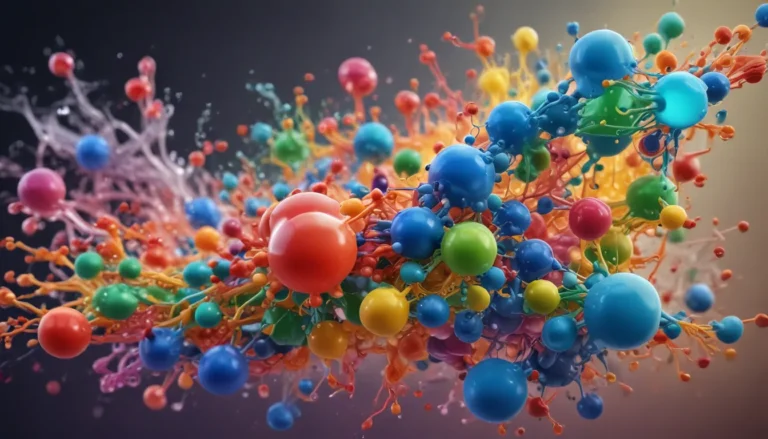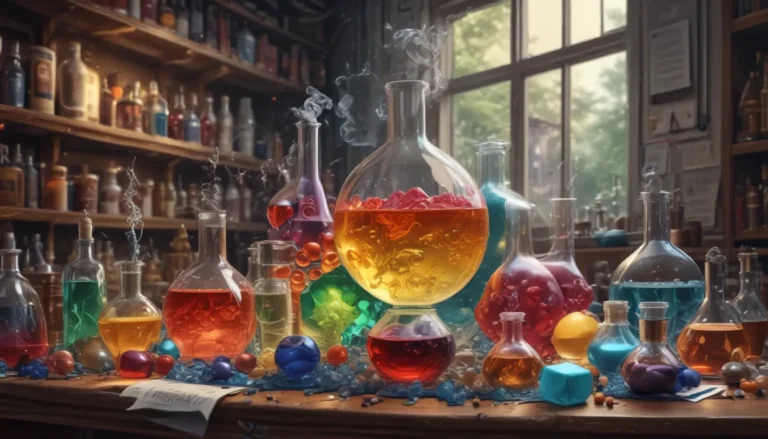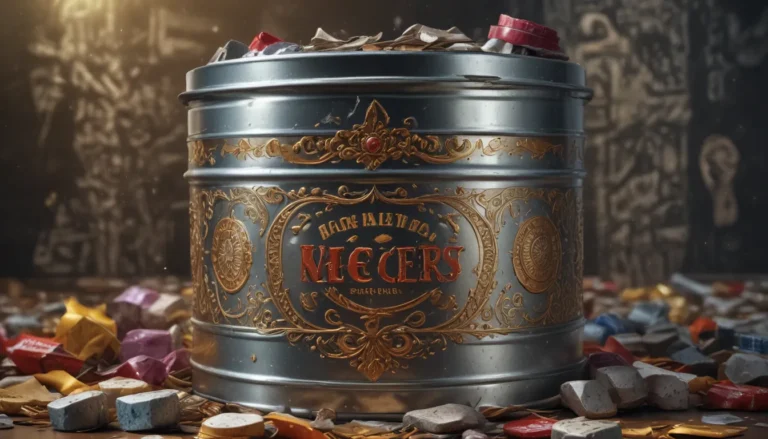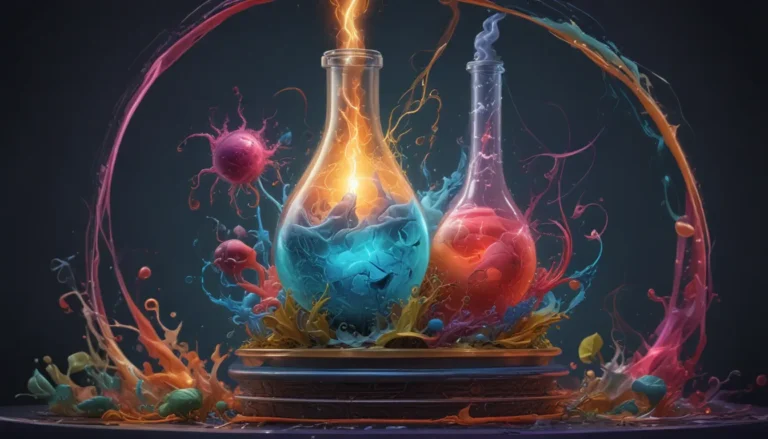A Note About Images: The images used in our articles are for illustration purposes only and may not exactly match the content. They are meant to engage readers, but the text should be relied upon for accurate information.
Are you curious about the magic behind crosslinking and its impact on our everyday lives? From enhancing materials to preserving historical artifacts, crosslinking plays a vital role in various industries, offering strength, durability, and versatility to a wide range of products. Join us on a captivating journey through the realm of chemical bonding as we explore 17 intriguing facts about crosslinking that will broaden your understanding of this essential concept.
Unveiling the Power of Crosslinking
- Enhancing Material Properties: Through the creation of strong chemical bonds between polymer chains, crosslinking improves the strength, durability, and resistance to heat and chemicals of materials.
- Widely Used in Rubber Production: Crosslinking is extensively employed in the manufacturing of rubber products, boosting their elasticity, resilience, and overall performance.
- Crucial for Stable Polymeric Materials: By preventing polymer chains from sliding past each other, crosslinking ensures the formation of stable and long-lasting materials.
Exploring the Methods of Crosslinking
- Diverse Techniques: Crosslinking can be achieved using methods such as heat, radiation, or chemical agents, each offering unique advantages based on the desired material properties.
- Key Role in Thermosetting Plastics: Thermosetting plastics undergo crosslinking during manufacturing, resulting in a strong and rigid three-dimensional network resistant to heat and chemicals.
- Biocompatibility in Medical Devices: Crosslinking enhances the biocompatibility of medical devices, reducing the risk of adverse reactions and improving compatibility with human tissues.
Unleashing the Applications of Crosslinking
- Versatile Application in PEX Pipes: Crosslinking of polyethylene molecules in PEX pipes improves their strength, flexibility, and resistance to temperature and chemical fluctuations.
- Stabilizing Proteins: In biological applications, crosslinking helps to stabilize proteins, maintaining their structure and functionality for effective biochemical functions.
- Preservation of Artworks: Crosslinking agents are used to reinforce the structural integrity of delicate artworks and historical artifacts, preventing decay and damage over time.
Embracing the Diversity of Crosslinking
- Improving UV Resistance: Crosslinking enhances the UV resistance of materials, making them ideal for outdoor applications by reducing the risk of degradation and color fading.
- Significance in Polymer Chemistry: Polymer chemists rely on crosslinking techniques to create new materials with tailored properties for diverse applications.
- Enhancing Mechanical Stability of Hydrogels: Crosslinking strengthens hydrogels, improving their mechanical stability for applications like drug delivery and tissue engineering.
Celebrating the Impact of Crosslinking
From enhancing the mechanical properties of materials to improving the biocompatibility of medical devices, crosslinking continues to shape the world around us. By understanding the intricacies of this process, we can appreciate its contributions to innovation and technology across various industries.
As we delve deeper into the realm of crosslinking, we uncover a world of possibilities where chemical bonds transform everyday objects into extraordinary creations. Join us in celebrating the wonders of crosslinking and its endless potential for future advancements.
FAQs
- Q: What is crosslinking?
Crosslinking is a chemical process that forms bonds between polymer chains, enhancing material properties like strength and durability.
- Q: Why is crosslinking important?
Crosslinking improves the mechanical properties and biocompatibility of materials, making it valuable in industries such as healthcare and construction.
- Q: How is crosslinking achieved?
Crosslinking can be achieved through methods like heat, radiation, or chemical agents, initiating the formation of bonds between polymer chains.
- Q: What are some applications of crosslinking?
Crosslinking is used in producing crosslinked polymers, dental fillings, drug delivery systems, and more for enhanced properties.
- Q: Is crosslinking reversible?
Crosslinking can be reversible or irreversible based on the type of bonds formed, offering flexibility in material properties.
As we continue to unlock the mysteries of crosslinking, we invite you to explore the fascinating world of chemical bonding and its boundless potential for innovation. Join us on this journey of discovery as we navigate through the intricate landscape of crosslinking, where each bond formed holds the key to unlocking new horizons in science and technology.






